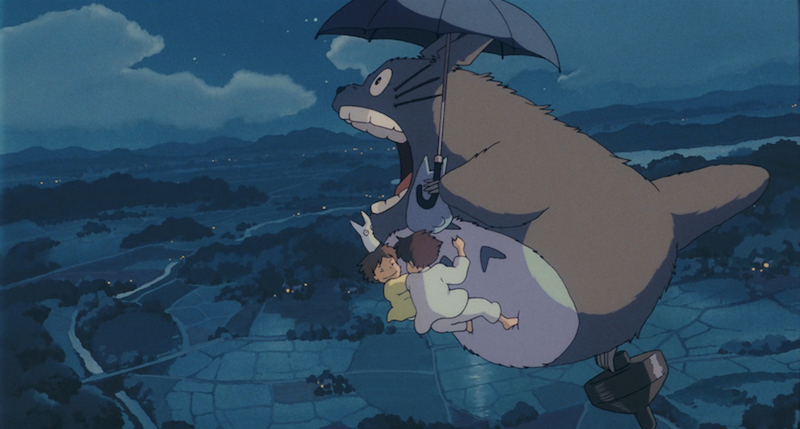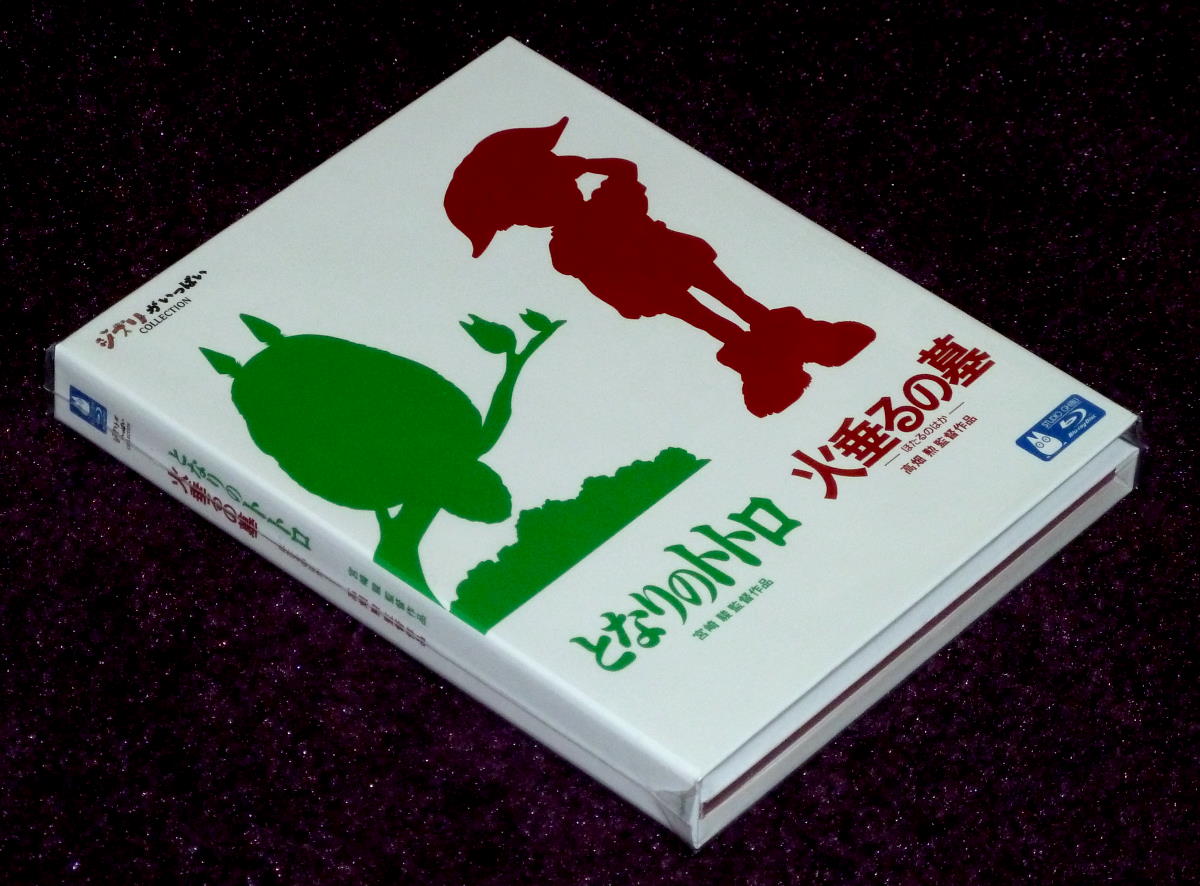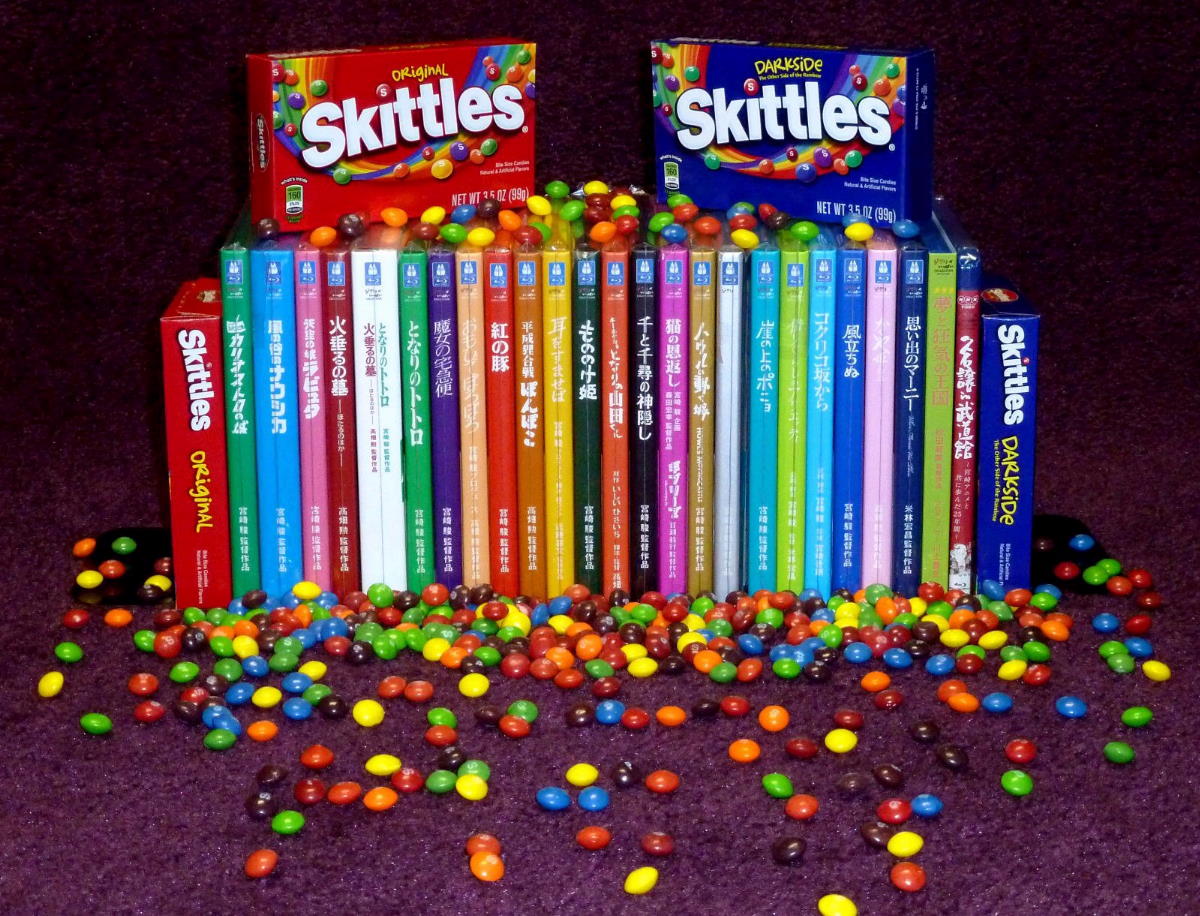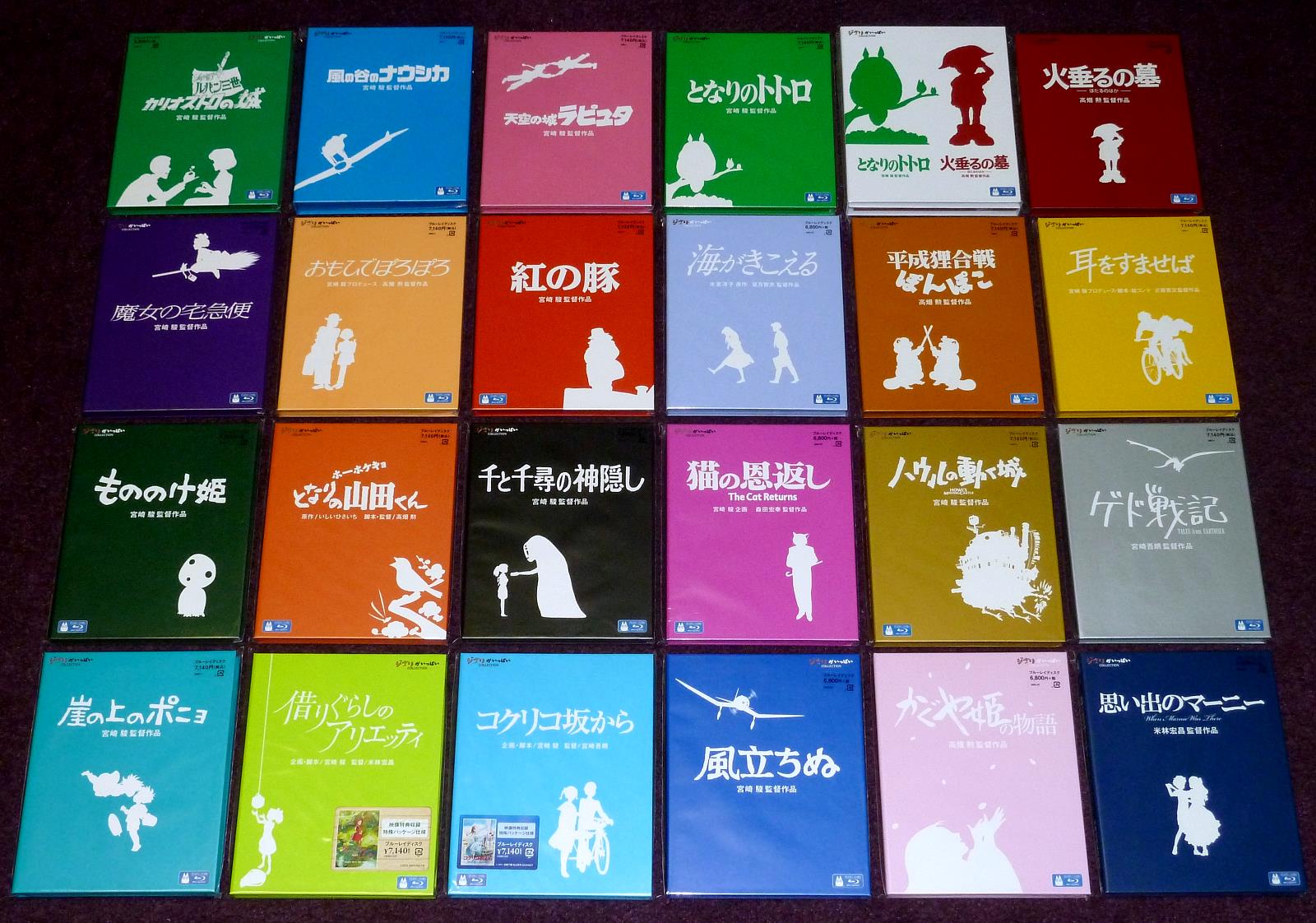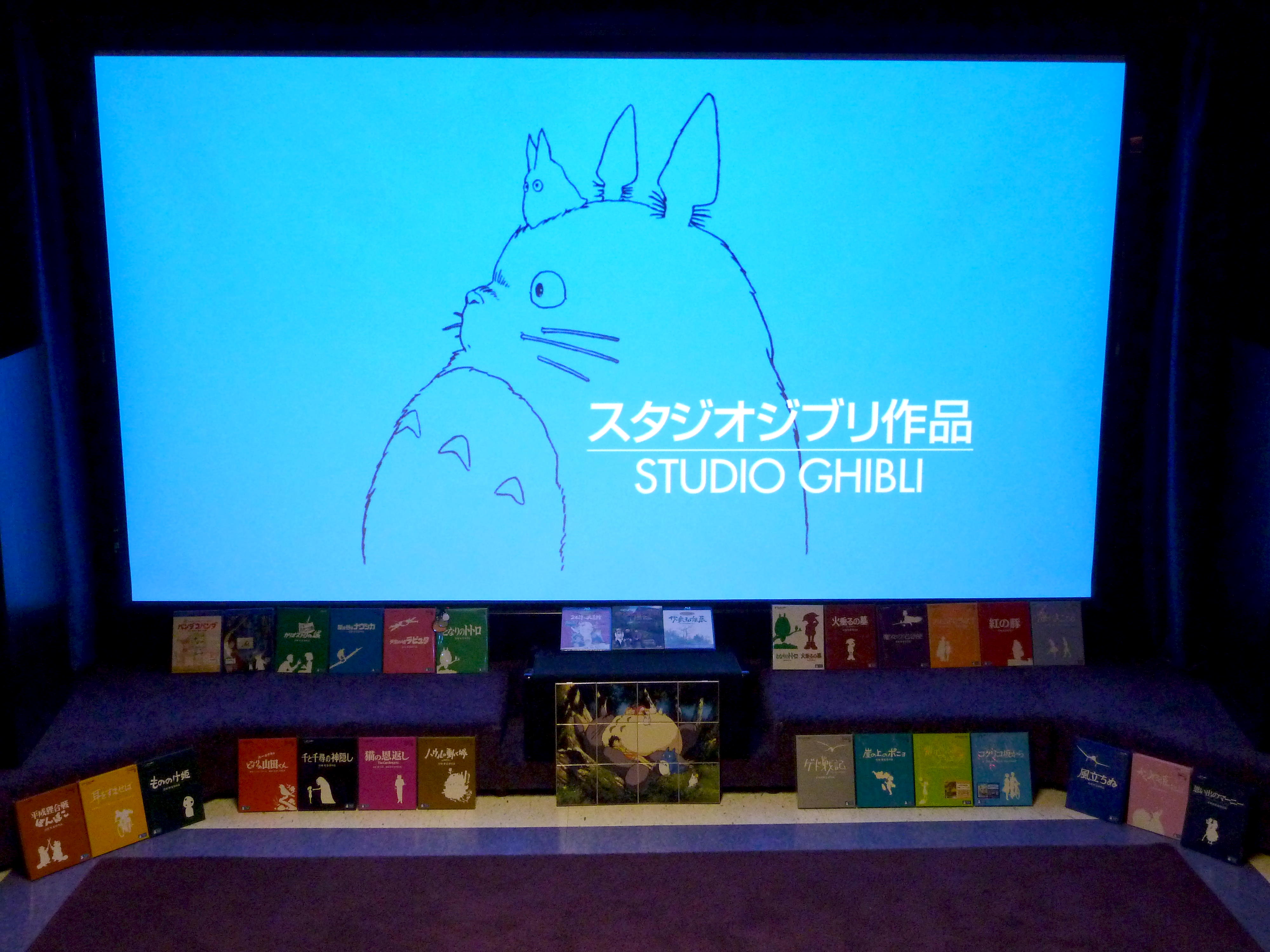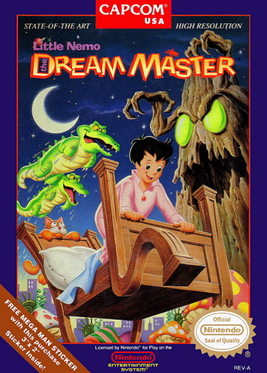Dai
Dragon Knight
Anime is a weird and wonderful industry. What are some of your favourite bits of anime trivia?
I'll start off with a well-known one, but which never stops being strange. Back when they were released at Japanese cinemas in 1988, My Neighbour Totoro and Grave of the Fireflies were screened as a double bill. They're undoubtedly among the best works from Miyazaki and Takahata respectively, but it would be hard to think of two films less suited to being screened together, especially for young children.
I'll start off with a well-known one, but which never stops being strange. Back when they were released at Japanese cinemas in 1988, My Neighbour Totoro and Grave of the Fireflies were screened as a double bill. They're undoubtedly among the best works from Miyazaki and Takahata respectively, but it would be hard to think of two films less suited to being screened together, especially for young children.

